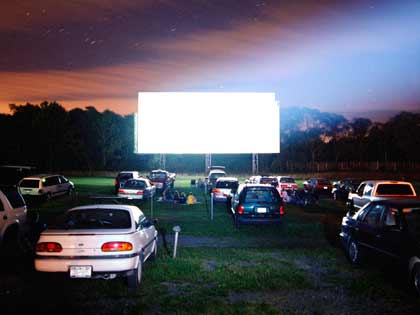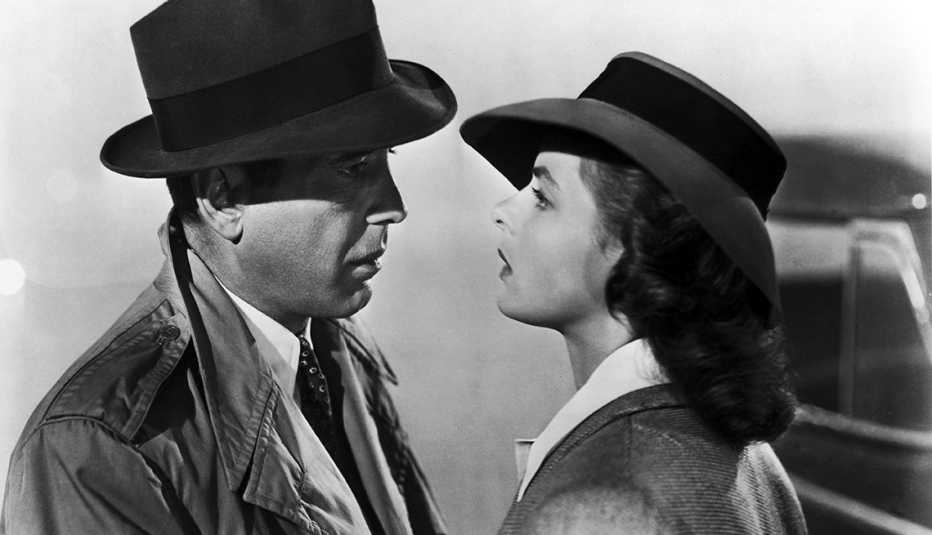AARP Hearing Center
| If we build it, will they come? Rod and Donna Saunders took a chance — and they came.
Long after most drive-in movie theaters had shuttered their screens, the couple opted to open one. The seasonal business would supplement Rod’s salary as a physical education teacher and help their three children through college.
“We built it from scratch in our backyard,” says Donna Saunders, of Liberty Center, Ohio, about 25 miles west of Toledo. “We’re literally in the middle of a cornfield, and we live on a one-lane road.”
The couple, both 46, aptly named it the Field of Dreams Drive-in Theater. Thinking big, they nonetheless spent prudently. Instead of constructing a concession building, they bought a serving truck and bake fresh pizzas, which they deliver to customers’ cars. For $10 extra, they reserve preferred viewing spots.
The Saunders’ initial investment of $75,000 in the two-screen venue with different double features is paying off. Around the debut in July 2007, 50 to 60 cars came per show. Now 200 autos pull in on average, Donna estimates. “We have sold out more times this season than all previous years combined.”
New theaters and reopenings
The Saunders’ success proves that throwbacks can make comebacks. Since the late 1990s, nearly 100 drive-in movie theaters have set reels in motion. Some are brand-new operations, while others are reopenings of closed establishments. Owners and spectators alike relish a revival of drive-ins—no matter how large or small.
“Things go in circles,” says Don Sanders, 58, a Fort Worth, Texas, resident who produced two books and a PBS film about drive-ins. “People yearn for a time when they don’t have so much pressure, and they can do things outdoors with other people and not be afraid.”



































































